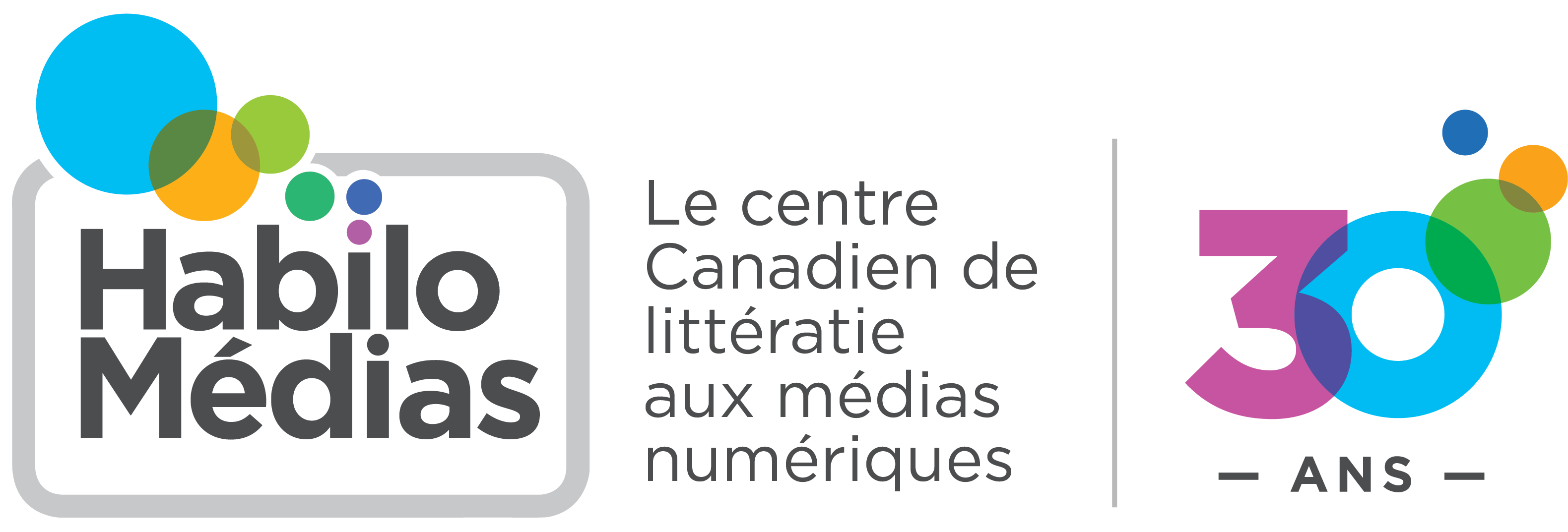English Language Arts 7-9 Overview
The 7-9 English Language Arts (ELA) curriculum integrates the six strands of language arts: reading, writing, listening, speaking, viewing and representing. The program encourages the study and creation of a wide variety of text types and forms, including oral, print, visual and multimedia formats. The program emphasizes the importance of context, including audience and purpose, in the students' creation and comprehension of texts, which are defined as “information and ideas provided in books, reports, websites, media, diagrams, pictures, oral stories, and more.” The current curriculum places an emphasis on “the forms, structures, and formats used to communicate information and ideas [...] digitally and non digitally.”
What this means for media education is that the creation of media texts, the study of the relationship between text and audience, and the analysis of radio, television, films, web content and the many forms of advertising are now legitimized by the province as an integral part of the English Language Arts program.
The English Language Arts (Grades 7-9) Curriculum states:
. . . texts refer not only to print but also to oral and visual forms that can be discussed, studied and analyzed. In addition, texts are affected and influenced by how they are transmitted, whether by computer, television, radio or book. Students need knowledge, skills and strategies in all six language arts [listening, speaking, reading, writing, viewing and representing] to compose, comprehend and respond to such texts. Oral texts include storytelling, dialogues, speeches and conversations. Visual texts include pictures, diagrams, tableaux, mime and nonverbal communication. Combinations of oral, print or visual texts include videos, films, cartoons, drama and drum dancing.
The ELA 7-9 curriculum recognizes that “changes in society and technology have affected, and will continue to affect, the ways in which people use language to think, to communicate and to learn,” and notes that “students must be prepared to meet new literacy demands in Canada and the international community. The curriculum is structured around the six strands of language learning: reading, writing, listening, speaking, viewing, and representing, with each strand touching on aspects of digital media literacy. Specifically, the 7-9 curriculum underscores the impact that various technologies have on how audiences interpret information and argues that “students need knowledge, skills and strategies in all six language arts to compose, comprehend and respond to such texts.”
Select a grade level under English Language Arts 7-9 for a list of media-related outcomes and links to supporting resources from the MediaSmarts site. As many of our lessons can be adapted to suit different grade levels, specific lessons may be listed for more than one grade. Teachers should also note that individual lessons often satisfy a number of learning outcomes.
